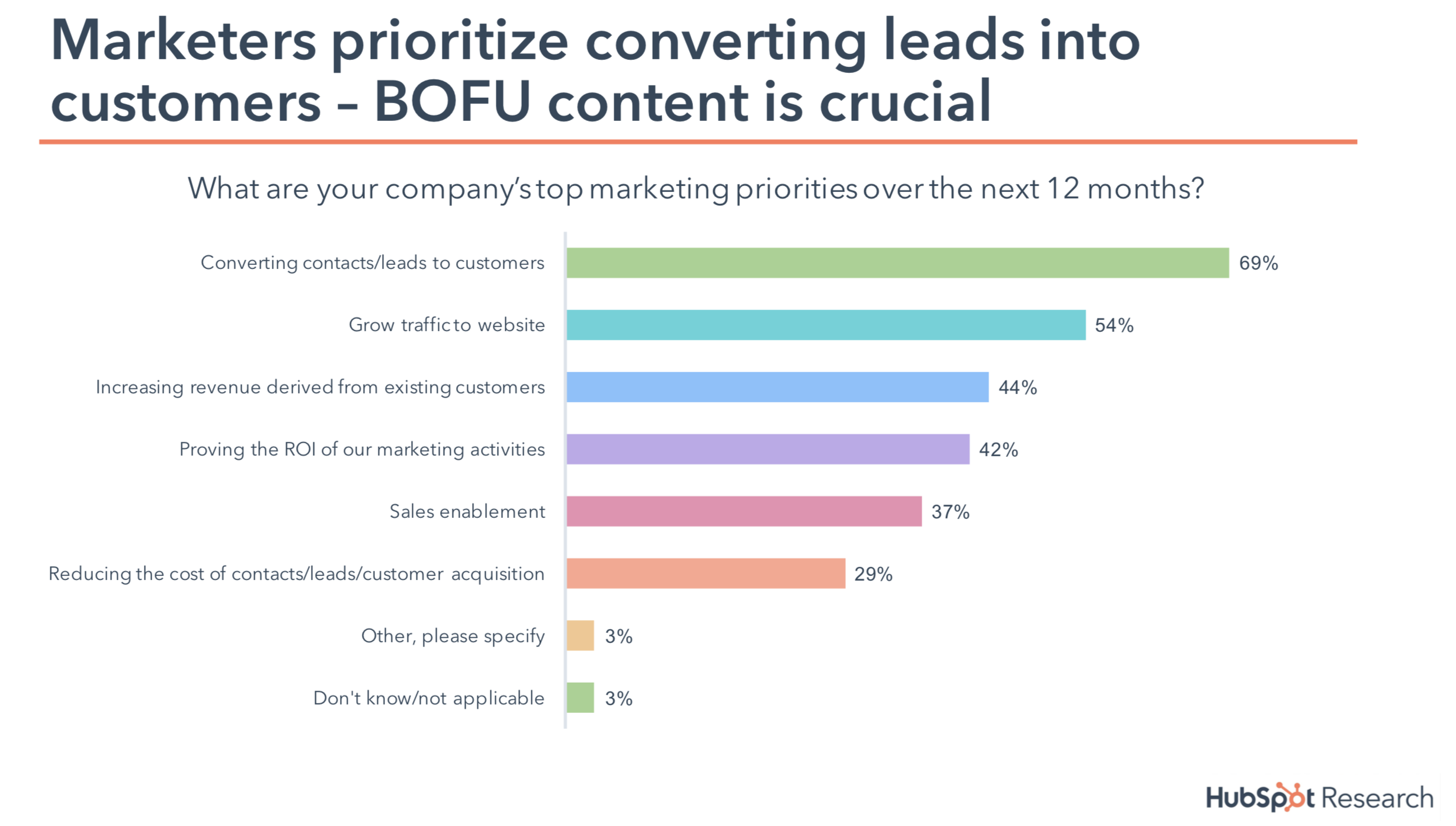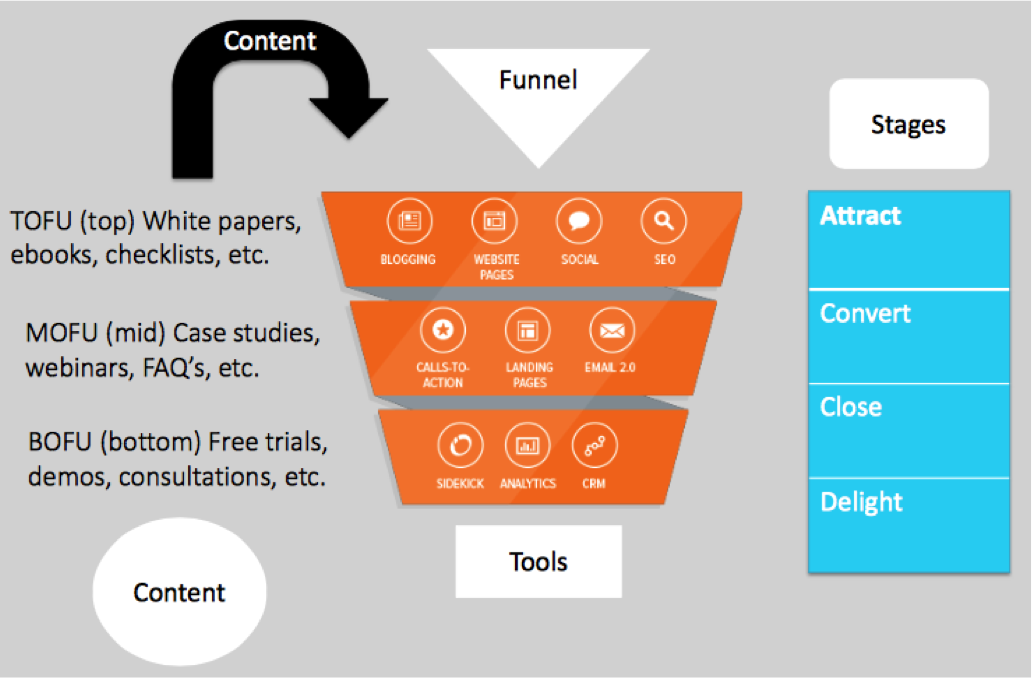How to speak your customers language.

The reality is that a sales prospect when you are in the B2B (Business-to-Business) world will find you when they’re good and ready; no matter how hard you chase, and no matter how perfect a fit you believe your product is for their needs.
All we need to do is listen to when consumers tell us what they want and when they need it. Being able to translate these buying signals into actions is a new skill that as a B2B company means you need to learn a new language.
The Moment of Truth
When you are running a business, failing to reach your prospective audience, to get them at that moment (the moment of truth) when they are thinking about their challenges and what their options are, can mean a lack of leads in the sales pipeline and a decline in sales and ultimately revenue and then profit.
Google has coined the phrase the Zero Moment of Truth (ZMOT):
“The Zero Moment of Truth influences which brands make the shopping list, where shoppers choose to buy and with whom they share the results.”
You an read more about Google’s thoughts on the dynamics of a customer journey here.
Find Your Own Zero Moments of Truth
What are the Zero Moments of Truth for your product, category and brand? The ZMOT for televisions is different from the ZMOT for accounting services or booking a holiday online. You need to understand exactly how prospective customers are searching for your product. What are the questions that they are asking, and are you providing appropriate content to answer those questions?
A simple way to check how your answers are measuring up to a customers questions, is to track your website bounce rate. It measures the percentage of people who see only one page of your site — people who arrive, look and leave. Find the pages on your site with high bounce rates: As a general rule, you want a bounce rate under 30%. That means only three out of 10 people you’ve brought to the site leave instantly. A higher rate means you have a big gap between what people are expecting when they come to that page and what they find when they get there. Lower that rate and you’ll know you’re answering your customers’ questions.
Today’s Marketing & Sales Priorities
According to HubSpot’s State of Inbound report 2018,
“Marketers today are investing more in video channels, social networks such as Instagram, and messaging applications such as Facebook Messenger, in a bid the reach customers and prospects where they prefer to be online. “
The marketeers priority has been to support the drive to convert leads to sales, with one of the biggest challenges being to deliver website traffic and qualified leads.
Below is a graph from the HubSpot State of Inbound 2018 report, listing the top marketing priorities over the next 12 months from respondents.

Outbound vs. Inbound Behaviour
Traditionally outbound marketing has been the tried and tested approach for many years for businesses small and large, to generate and nurture leads.
Bad habits have meant businesses were pushing out information to contacts whether they asked for it or not. Trying to hook a customer when you don’t know the stage that they are at in their buying journey coined the phrase “interruption marketing”.
Outbound marketing does have benefits, especially for larger companies with deeper pockets who can afford to cover a larger number of tactics to drive traffic and brand awareness through greater reach and distribution.
But there has been over recent years a distinct change in buyer behaviour. “Seller beware” is the new mantra, as prospective buyers make their way through the buying journey, blocking out all unnecessary noise or what marketing would refer to as advertising.
Long gone are the days when the only source of information available was directly from a company, often through the mail. Now with the “always on” life we lead, details, data and dialogue are only one click away.
It means that the majority of the buying journey is now made online, and contact, normally made at the request of the buyer, is instigated far later than it ever was before.
With access to self-research and a bevvy of friends and colleagues to ask, it means that a buyer has all the information they need to make a purchase. All they need to do now is work out the details, negotiate a good price and keep the multitude of stakeholders satisfied with their procurement efforts.
A New and Evolving Sales and Marketing Jungle, Needs a Different Approach
The most important lesson to learn is that it is so much more difficult now to directly reach out to buyers, so you need to adopt a strategy to attract prospective customers to you. And, once you have them, keep them coming back until that “moment of truth” when they are ready to buy, and trust your solution.
The inbound methodology in principle tries to attract rather than noisily distract an audience, growing organically your website traffic – using educational and informative content that visitors are searching for to answer the questions they have about the challenges they are facing.
This audience may have already expressed an interest in your product – by visiting your website, maybe downloading content or opening an email you have sent that they opted in for. An inbound strategy leverages this interest and is more about “pull”, rather than adopting the outbound marketing’s “push” tactics.
What Is Outbound Marketing?
By pushing out a “one way” message there is no way that you can be sure where your prospect is in their buying cycle. Are they just starting to look, do they even know they have a problem or are they already far along the sales cycle and you are adding no value to the conversation?
There is a common a mis-match between how sellers communicate and buyers source information. In the past sellers have overly relied on outbound tactics to get their sales messages across, whereas buyers have shifted online to research and educate needs and solutions.
The “sweet spot” is when the prospective buyer wants to listen to the message you are communicating, but with so many messages thrust into our daily lives, it’s no wonder that buyers actively filter out most marketing noise.
One of the benefits of inbound marketing is that it opens up a two-way communication, listening and engaging with the buyer, thinking of ways to help rather than trying prematurely to close a sale at the first opportunity, because you have read the signals wrong.
Recent research from Demand Gen B2B Buyers Survey Report 2016 found that the main sources of information that buyers reference were taken primarily from; web search activities, vendor websites and insights from peers.
To be in a position to know what that particular pain point is, you need to have researched your buyer, created a buyer persona profile, matching their pain to your gain.
The Value Of The Sales Funnel
The concept of the sales funnel (see below) is to show the buying journey in stages (from Attract to Delight) that your B2B sales prospects theoretically take as they go from discovering their problem right through to shortlisting vendors and making a purchase.

A sales funnel aids visualisation of what content needs to be delivered to which buyer persona at what particular stage in their buying journey. The sales funnel will be different for each business, but we can think in common terms of top of the funnel (TOFU), middle (MOFU) and bottom (BOFU).
Take the Time to Transform Your Marketing Mindset
Today buyers do not have to rely only on salespeople or corporate sources to learn about products and services, this information is readily available online. So you need to understand what your prospective customers challenges are, to know the questions they are asking. You’ve also got to make sure when you create your content that you also answer those questions.
· 47 percent of buyers view three to five pieces of content before engaging with a sales rep. (Demand Gen)
· 51 percent of B2B buyers rely on content to research their buying decisions. (Demand Gen)
As budgets have become tighter, with more vendor options to consider, more stakeholders to persuade and a risk averse culture, it creates a challenging buying process.
To keep one step ahead of your competitors, use our road map on how to help start your journey into inbound marketing:
1. Develop your buyer’s personas; use this in your strategic marketing approach
2. Define your online value proposition (what you are selling)
3. Focus on a particular digital customer touch point that you can influence
4. Know what, how, where & which keywords your target audience use for search
5. Optimise the rest of your digital communications around your persona and their digital habits
6. Develop your content marketing approach to focus on how to solve the buyer’s personas pains
7. When you get a visitor to your website – ask yourself, are you ready to convert?
8. Know which keywords your competitors are using, match, rank and improve your performance
9. Set yourself a specific goal, traffic is good but you need visitors to convert and buy!
Let us know of course if you need help steering your own inbound marketing and sales journey.
